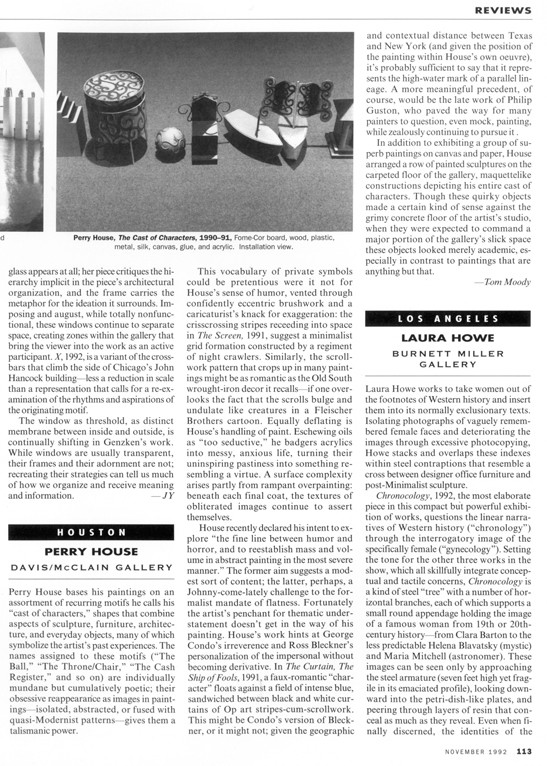One of the reasons I enjoy the Alex on Film blog is the author speaks his mind and doesn't pretend to be offering anything but his subjective take on movies.
But this is just going too far:
Eraserhead is a movie better experienced than talked about. I don’t think Lynch had any real statement in mind and people probably see in it what they want to see. I was mightily impressed by it thirty years ago, and while I came away from it this time with a lot of respect for what Lynch accomplished, on a shooting schedule that stretched over five years, I have to say it’s not a movie I enjoy as much today. It was student work, of the highest caliber but still student work, and it appealed to me as a student. But my imagination isn’t what it used to be.
Lynch may have begun the film as a student but five years later, keeping the same cast and crew together to film when time and budget allowed, he was an auteur. It's actually amazing how tight and focused Eraserhead is for having been shot over such a long time frame -- there's no loss of momentum at all. And one can see a more or less seamless jump forty years ahead to Lynch's Twin Peaks: The Return, which might be an expansion and deepening of the same movie.
I didn't want to just flippantly troll Alex on Film for its flip dismissal of a fascinating film (seconded by a commenter) so I tried to say some nice things in defense:
On rewatching for the first time in decades I realized how much of a comedy it is. Even the weirdest bits have comic timing. When the monster baby breaks out in disgusting chicken pox, there’s a beat and Henry says with a concerned, fatherly tone, “oh you *are* sick.” Then another beat and he has placed a vaporizer next to the infant’s head. The dinner scene is a mad hatter’s tea party of “people behaving strangely for no reason” (as an Amazon reviewer once described an Argento film), carefully choreographed to provide tension and release. Even the feature you eloquently pointed out, “that within [the film’s] dream of dark and troubling things the dreamer only dreams of things more dark and troubling still,” has macabre humor.
As for the meaning, you can take a lot at face value. A man is going quietly crazy in a low rent urban apartment, with a failing marriage and a deformed child who he eventually kills. It’s a “post-industrial landscape,” a milieu that was barely identified in the mid-’70s and became commonplace as a description in the ’80s. Lynch arrived at this early on, indeed nailed it, based on pure artist’s intuition.
Also it’s hard for me to evaluate Eraserhead as a fragment of my own youth because Lynch never went away and I in effect grew up with him. The signature tropes of this movie (white noise, disgusting growths, people behaving strangely for no reason) continue in almost all of his subsequent creative endeavors. So I watch it now as the psychic blueprint for an amazing (and amazingly improbable) career.



